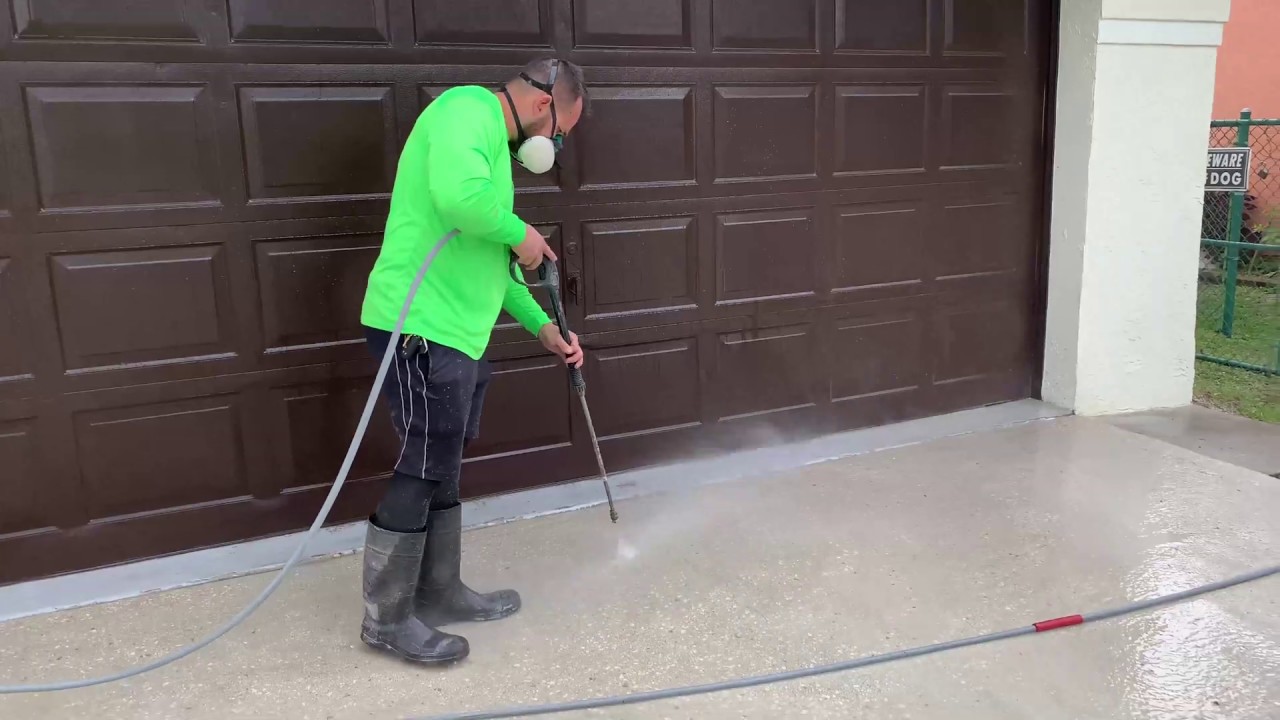

Articles
How To Get Spray Paint Off A Driveway
Modified: August 28, 2024
Learn effective methods to remove spray paint from your driveway with these informative articles. Say goodbye to unsightly stains and restore the beauty of your driveway effortlessly.
(Many of the links in this article redirect to a specific reviewed product. Your purchase of these products through affiliate links helps to generate commission for Storables.com, at no extra cost. Learn more)
Introduction
Having spray paint on your driveway can be frustrating and unsightly. Whether it was the result of a DIY project gone wrong or an unfortunate accident, it’s important to know how to effectively remove spray paint from your driveway. In this article, we will explore various methods and techniques to help you get rid of spray paint and restore the beauty of your driveway.
Spray paint is a type of paint that is commonly used for graffiti, stencil art, or even just for quick and easy touch-ups. While it can add flair and creativity to various projects, it becomes problematic when it unintentionally lands on surfaces such as driveways. Spray paint is designed to adhere to surfaces and dries quickly, making it challenging to remove.
However, fear not, as there are several methods you can employ to successfully remove spray paint from your driveway. It’s crucial to choose the appropriate technique based on the surface material of your driveway, as different materials may require different approaches for effective removal.
In the following sections, we will discuss various methods, both chemical and non-chemical, that you can use to remove spray paint from your driveway. We will also provide tips and precautions to ensure that the removal process is safe and successful.
Before diving into the removal methods, it’s important to prepare for the process to maximize your chances of success. Proper preparation will help ensure that you have all the necessary tools and materials at hand, as well as a clear understanding of the steps involved.
Now that we have a brief understanding of the challenges posed by spray paint on driveways, let’s explore the various methods available to rid your driveway of these unwanted marks.
Key Takeaways:
- Removing spray paint from your driveway requires careful consideration of surface material and paint type. Choose from methods like chemical paint removers, pressure washing, household products, and sanding to restore your driveway’s pristine appearance.
- Prioritize safety and proper preparation when removing spray paint from your driveway. Test methods, follow instructions, and consider environmental regulations. With patience and the right approach, you can achieve a clean, paint-free driveway.
Read more: How To Get Spray Paint Off Carpet
Understanding Spray Paint on a Driveway
Before delving into the methods of removing spray paint from a driveway, it’s important to understand how it behaves on different surfaces. Spray paint, also known as aerosol paint, is a type of paint that comes in a pressurized container and is released as a fine mist when the nozzle is depressed.
When spray paint comes into contact with a driveway surface, it adheres to it and forms a thin layer of paint. This layer can be particularly stubborn to remove, especially if it has had time to dry and cure.
The ease or difficulty of removing spray paint from a driveway depends on several factors, including the type of surface material and the length of time the paint has been on the surface. Different surfaces, such as concrete, asphalt, or brick, may have different textures and porosity, which can impact the paint’s ability to adhere to the surface.
If the spray paint is still wet, it may be easier to remove compared to dried or cured paint. Wet paint can be wiped off or washed away with the right techniques and cleaning agents. However, if the paint has already dried or cured, it may require more aggressive methods to lift or dissolve the paint from the surface.
It’s important to note that removing spray paint from a driveway can potentially damage the surface if not done carefully. Aggressive techniques, such as sanding or using harsh chemicals, can strip away the top layer of the driveway material along with the paint, leaving an uneven or damaged surface.
To prevent any damage to your driveway during the removal process, it’s advisable to test the chosen method on a small, inconspicuous area first. This will allow you to gauge the effectiveness of the method and determine if any negative effects occur.
Overall, having a good understanding of spray paint and how it interacts with different driveway surfaces will help you choose the most appropriate and effective method for removal. With the right approach and a little bit of patience, you can successfully eliminate spray paint stains from your driveway and restore its pristine appearance.
Preparing for the Removal Process
Before diving into the actual removal process of spray paint from your driveway, it’s essential to prepare yourself and gather the necessary tools and materials. Adequate preparation can make the removal process smoother and increase your chances of success. Here are some steps to follow when preparing for the removal process:
- Evaluate the surface: Begin by assessing the condition of your driveway surface. Determine its material, such as concrete, asphalt, or brick, as different surfaces may require different removal techniques. Take note of any cracks, stains, or weak spots that may need to be addressed separately.
- Gather the tools and materials: Depending on the chosen removal method, you’ll need specific tools and materials. Common items that may be needed include protective gloves, safety goggles, a pressure washer, chemical paint remover, household cleaning agents, scrub brushes, sandpaper, and a hose.
- Read product instructions: If you’re using a chemical paint remover or any other commercial product, carefully read and understand the instructions before use. Follow the instructions regarding application, safety precautions, and recommended wait times for optimal results.
- Clear the area: Remove any objects, vehicles, or debris from the driveway to create a clear and unobstructed work area. This will ensure your safety and make it easier to access the painted areas.
- Protect the surroundings: Cover nearby plants, flowers, or any other delicate surfaces that you want to protect from potential damage or overspray during the removal process. Use plastic sheeting or drop cloths to shield these areas.
- Put on protective gear: Always prioritize your safety by wearing appropriate protective gear. This includes gloves to protect your skin from chemicals, safety goggles to shield your eyes, and potentially a mask or respirator if you will be working with strong chemical odors or hazardous fumes.
- Test on a small area: Before starting the full removal process, test your chosen method on a small, inconspicuous area of the driveway. This will help you determine the compatibility of the method with the surface material and gauge its effectiveness without risking damage to the entire surface.
- Follow safety guidelines: If you’re using chemical paint removers or other potentially hazardous substances, ensure that you are working in a well-ventilated area. If necessary, work outdoors or open windows to allow for proper airflow.
Remember, proper preparation is key to a successful removal process. By evaluating the surface, gathering the right tools and materials, reading instructions, clearing the area, and protecting the surroundings, you’ll be ready to tackle the spray paint stains on your driveway with confidence. With the necessary precautions and careful execution, you can effectively remove the spray paint and restore the beauty of your driveway.
Method 1: Using Chemical Paint Remover
If the spray paint on your driveway is stubborn or has dried and cured, using a chemical paint remover can be an effective solution. Chemical paint removers are specifically formulated to break down paint and make it easier to remove. Here’s a step-by-step guide on how to use a chemical paint remover:
- Preparation: Put on protective gloves and safety goggles to protect your skin and eyes from any harmful chemicals. Ensure that you are working in a well-ventilated area or outdoors to minimize exposure to fumes.
- Read and follow instructions: Carefully read and understand the instructions provided by the manufacturer of the chemical paint remover. Follow their recommended safety precautions, application methods, and wait times for optimal results.
- Apply the paint remover: Start by applying a generous amount of the chemical paint remover directly onto the spray paint stains. Use a brush or sponge to spread the remover evenly over the affected areas.
- Wait for the paint to soften: Allow the chemical paint remover to work on the spray paint stains for the recommended amount of time specified in the instructions. This typically ranges from several minutes to an hour, depending on the product and the severity of the paint stains.
- Scrub and rinse: After the recommended waiting period, use a scrub brush or a stiff bristle brush to scrub the softened paint. Work in circular motions, applying moderate pressure to lift off the paint from the driveway surface. Rinse the area thoroughly with water to remove any residue.
- Repeat if necessary: Depending on the thickness and stubbornness of the spray paint stains, you may need to repeat the application and scrubbing process until the paint is completely removed. Follow the instructions on the paint remover for any additional applications.
- Clean and inspect the surface: Once the spray paint is removed, clean the driveway surface with water and a mild detergent to remove any remaining paint residue or chemical residue. Inspect the surface to ensure that all the paint has been successfully removed.
- Apply a protective coating: To further protect your driveway and prevent future paint stains, consider applying a sealant or protective coating. This will create a barrier against potential paint spills or stains and make future cleanups easier.
While using a chemical paint remover can be effective, it’s essential to exercise caution and follow the instructions provided by the manufacturer. These products can be powerful and may contain hazardous chemicals, so always prioritize your safety and take the necessary precautions.
Remember, different chemical paint removers may have different formulations and specific instructions, so it’s crucial to choose a product that is suitable for your driveway surface and follow the manufacturer’s recommendations for the best results.
Method 2: Using a Pressure Washer
If you prefer a non-chemical approach to remove spray paint from your driveway, using a pressure washer can be a highly effective method. Pressure washers utilize a high-pressure water stream to dislodge and rinse away the paint. Follow these steps to successfully remove spray paint from your driveway using a pressure washer:
- Preparation: Clear the area of any objects or debris and make sure the surrounding areas are protected from potential overspray. Put on safety goggles and appropriate footwear to protect yourself from splashes and debris.
- Select the right nozzle and pressure: Choose a nozzle with a narrow spray pattern, such as a 15-degree or 25-degree nozzle, as this will provide more concentrated pressure. Adjust the pressure settings on your pressure washer accordingly. Be cautious not to use excessive pressure, as it can damage the driveway surface.
- Sweep or brush the driveway: Before using the pressure washer, sweep or brush the driveway to remove loose dirt, debris, and any loose paint chips. This will ensure that the pressure washer can focus on the spray paint stains more effectively.
- Start from a safe distance: Begin by standing a few feet away from the spray paint stains and gradually move closer until you find the optimal distance where the pressure effectively removes the paint without damaging the driveway surface. It is advisable to start with a lower pressure setting and increase if necessary.
- Direct the pressure washer: Hold the pressure washer wand at a slight angle and aim the spray at the spray paint stains. Move the wand back and forth in a sweeping motion to cover the entire affected area evenly.
- Apply consistent pressure: Apply steady and consistent pressure as you work on the spray paint stains. Avoid staying in one spot for too long to prevent damage to the surface.
- Inspect and repeat if necessary: After pressure washing, inspect the driveway surface to see if any paint residue remains. If there are still visible stains, repeat the process until the paint is completely removed. Consider adjusting the pressure or trying different angles to achieve the best results.
- Clean and dry the surface: Once the spray paint is removed, thoroughly rinse the driveway surface with clean water to remove any remaining paint particles or debris. Allow the surface to dry completely before applying any sealants or protective coatings.
Using a pressure washer can be a fast and efficient method for removing spray paint stains from your driveway. However, exercise caution to prevent damage to the surface and avoid spraying the water stream on delicate areas or nearby structures.
Additionally, it’s important to note that some driveway surfaces, such as asphalt, may be more sensitive to pressure washing. In such cases, it is advisable to test the pressure washer on a small, inconspicuous area before proceeding with the full removal process.
By following these steps and using the appropriate pressure and technique, you can effectively remove spray paint from your driveway using a pressure washer and restore its clean and polished appearance.
Use a pressure washer with a high-pressure nozzle to remove spray paint from a driveway. Start with a low pressure and gradually increase as needed to avoid damaging the surface.
Read more: How To Get Spray Paint Off Stucco
Method 3: Using Household Products
If you prefer a more budget-friendly and environmentally friendly approach to remove spray paint from your driveway, household products can be an effective alternative. Many common household items have properties that can help break down paint and lift it from the surface. Here’s how you can use household products to remove spray paint from your driveway:
- Vinegar: Vinegar is a versatile cleaning agent that can also help remove spray paint stains. Mix equal parts vinegar and water in a spray bottle and generously spray it onto the affected area. Let it sit for a few minutes to soak into the paint. Scrub the area with a brush or sponge, then rinse with water.
- Denatured alcohol: Denatured alcohol can dissolve paint and is often used as a solvent for cleaning. Moisten a cloth or sponge with denatured alcohol and gently rub it over the spray paint stains. Be sure to wear gloves and work in a well-ventilated area. Rinse the area with water after removing the paint.
- Baking soda: Baking soda is another versatile household product that can be used to remove spray paint stains. Make a paste by mixing baking soda with water. Apply the paste to the affected area and scrub gently with a brush or sponge. Rinse with water once the paint is removed.
- Toothpaste: Toothpaste, particularly those with baking soda or whitening properties, can be surprisingly effective at removing light spray paint stains. Apply toothpaste to the affected area and gently scrub with a toothbrush or sponge. Rinse with water after the paint is lifted.
- Acetone: Acetone, commonly found in nail polish remover, can be used to remove spray paint. Moisten a cloth with acetone and gently rub it over the paint stains. Rinse with water after removing the paint. Use acetone sparingly and with caution, as it can be harsh on some driveway surfaces.
- Hydrogen peroxide: Hydrogen peroxide is a gentle yet effective cleaning agent that can also help remove spray paint stains. Mix hydrogen peroxide with water in a spray bottle and spray it onto the affected area. Let it sit for a few minutes, then scrub gently with a brush or sponge. Rinse with water once the paint is removed.
When using household products to remove spray paint, it’s important to test them on a small, inconspicuous area of the driveway first. This will help ensure that the product is compatible with your driveway surface and does not cause any damage or discoloration.
Additionally, keep in mind that household products may be milder than chemical paint removers, and therefore may require more time and effort for complete paint removal. Persistent stains may require multiple applications or combination with other techniques.
Using household products can be an effective and affordable way to remove spray paint from your driveway. Embrace the power of these everyday items and incorporate them into your cleaning routine to restore the pristine appearance of your driveway.
Method 4: Sanding the Paint Off
When dealing with spray paint on a driveway, one method that can effectively remove the paint is sanding. Sanding involves using abrasive materials to physically remove the paint layer from the surface. Here’s a step-by-step guide on how to sand off the spray paint:
- Gather the necessary materials: To sand off the paint, you will need sandpaper or a sanding block with different grits (coarse to fine), a sanding pole (for larger areas), protective goggles, and a dust mask.
- Prepare the work area: Clear the area of any debris and make sure there’s proper ventilation to minimize dust inhalation. Consider using a drop cloth or plastic sheeting to collect the sanding dust and make the cleanup easier.
- Select the appropriate grit of sandpaper: Begin with a coarse-grit sandpaper (e.g., 60 or 80 grit) to remove the bulk of the paint. As you progress, switch to finer grits (e.g., 120 or 220 grit) to smoothen the surface and remove any remaining traces of paint.
- Sand the spray paint stains: Using firm but controlled strokes, sand the spray paint stains in a back-and-forth motion. Work gradually and evenly across the affected areas, maintaining a consistent pressure to ensure an even surface.
- Inspect and repeat if necessary: Regularly check your progress to determine if the paint is being effectively removed. If needed, apply more pressure or use a coarser grit sandpaper to tackle stubborn paint spots. Repeat the sanding process until the desired results are achieved.
- Clean the surface: Once the paint is completely sanded off, remove the dust and debris using a broom or vacuum. Rinse the area with water and allow it to dry thoroughly before proceeding with any further treatments or coatings.
- Consider refinishing or sealing: After sanding off the spray paint, you may choose to refinish the surface or apply a protective sealant to enhance the appearance and protect the driveway from future staining or damage.
Keep in mind that sanding can be a labor-intensive process, particularly for larger areas or multiple layers of paint. It may be more suitable for small, localized spray paint stains on driveways rather than extensive coverage.
Also, be aware of potential hazards such as lead-based paint, especially in older properties. If you suspect the presence of lead-based paint, take appropriate precautions and consult professional advice to ensure safe handling and disposal.
Sanding can be an effective method for removing spray paint from your driveway, providing a clean and smooth surface. With the right tools, patience, and proper technique, you can achieve satisfactory results and restore the beauty of your driveway.
Tips and Precautions
When removing spray paint from your driveway, it’s important to keep in mind some helpful tips and take necessary precautions to ensure a successful and safe process. Here are some key tips to follow:
- Protect yourself: Prioritize your safety by wearing protective gear such as gloves, safety goggles, and a dust mask when using chemical paint removers, pressure washers, sanding, or handling any potentially hazardous materials.
- Test on a small area: Before applying any method to the entire spray paint stain, test it on a small, inconspicuous area of the driveway to ensure compatibility with the surface material and assess the effectiveness of the technique.
- Read and follow instructions: When using commercial products or chemicals, carefully read and follow the manufacturer’s instructions on safety precautions, application methods, and recommended wait times.
- Avoid excessive pressure and harsh chemicals: Be cautious when using pressure washers or aggressive chemicals, as they can damage the driveway surface. Use the appropriate pressure setting on the washer and choose milder household products whenever possible.
- Work in well-ventilated areas: Whether using chemicals or pressure washers, make sure you are working in a well-ventilated area to minimize exposure to fumes or odors. If possible, work outdoors or open windows for proper airflow.
- Take breaks as needed: Removing spray paint stains can be a physically demanding task. Take regular breaks to prevent exhaustion or strain, especially if you’re sanding or performing repetitive movements.
- Inspect the surface: After removing the paint, thoroughly inspect the driveway surface to ensure that all paint has been successfully removed. Address any remaining stains or touch-ups as needed.
- Maintain and protect the driveway: Once the paint is removed, consider applying a sealant or protective coating to the driveway to minimize future staining and protect it from potential damage.
While these tips can help you navigate the process, it is also essential to adapt your approach based on the specific characteristics of your driveway. Different driveway surfaces and paint types may require different techniques or additional considerations.
Lastly, be mindful of local regulations regarding the handling, disposal, and use of chemicals or hazardous materials. Follow best practices and adhere to any guidelines provided to ensure environmental safety and compliance.
By keeping these tips in mind and taking the necessary precautions, you can effectively remove spray paint stains from your driveway while maintaining a safe and successful process.
Conclusion
Dealing with spray paint on your driveway can be a frustrating experience, but with the right knowledge and techniques, you can successfully remove the paint and restore the beauty of your driveway. In this article, we explored several methods for removing spray paint, including chemical paint removers, pressure washing, using household products, and sanding.
Chemical paint removers can be effective for tougher, dried paint stains, but it’s important to follow the instructions and exercise caution due to their potentially harsh nature. Pressure washing offers a powerful and efficient method for removing spray paint, but be mindful of using the appropriate pressure and avoiding damage to the surface. Household products can be a budget-friendly alternative, helping to lift and dissolve the paint stains naturally. Sanding, although labor-intensive, can provide a physical solution to remove the paint from the surface.
Throughout the removal process, it is essential to prioritize safety and take necessary precautions. Use protective gear, test methods on a small area, and follow instructions provided by manufacturers. Additionally, consider factors such as surface material, neighboring areas, and environmental regulations when choosing and implementing the removal method.
Remember, every driveway is unique, and the best method for removing spray paint may vary depending on the surface material, paint type, and other factors. It’s important to assess your specific situation and choose the technique that suits your needs best.
By following the tips and guidelines provided in this article, you can successfully remove spray paint stains from your driveway and restore its pristine appearance. Remember to properly prepare for the removal process, assess the surface, gather the necessary tools, and be patient throughout the process.
As you tackle the spray paint stains on your driveway, remember to stay safe and protect the environment by following proper disposal methods for chemicals and paint remnants. With determination and the right approach, you’ll be able to achieve a clean, paint-free driveway that you can be proud of.
Frequently Asked Questions about How To Get Spray Paint Off A Driveway
Was this page helpful?
At Storables.com, we guarantee accurate and reliable information. Our content, validated by Expert Board Contributors, is crafted following stringent Editorial Policies. We're committed to providing you with well-researched, expert-backed insights for all your informational needs.
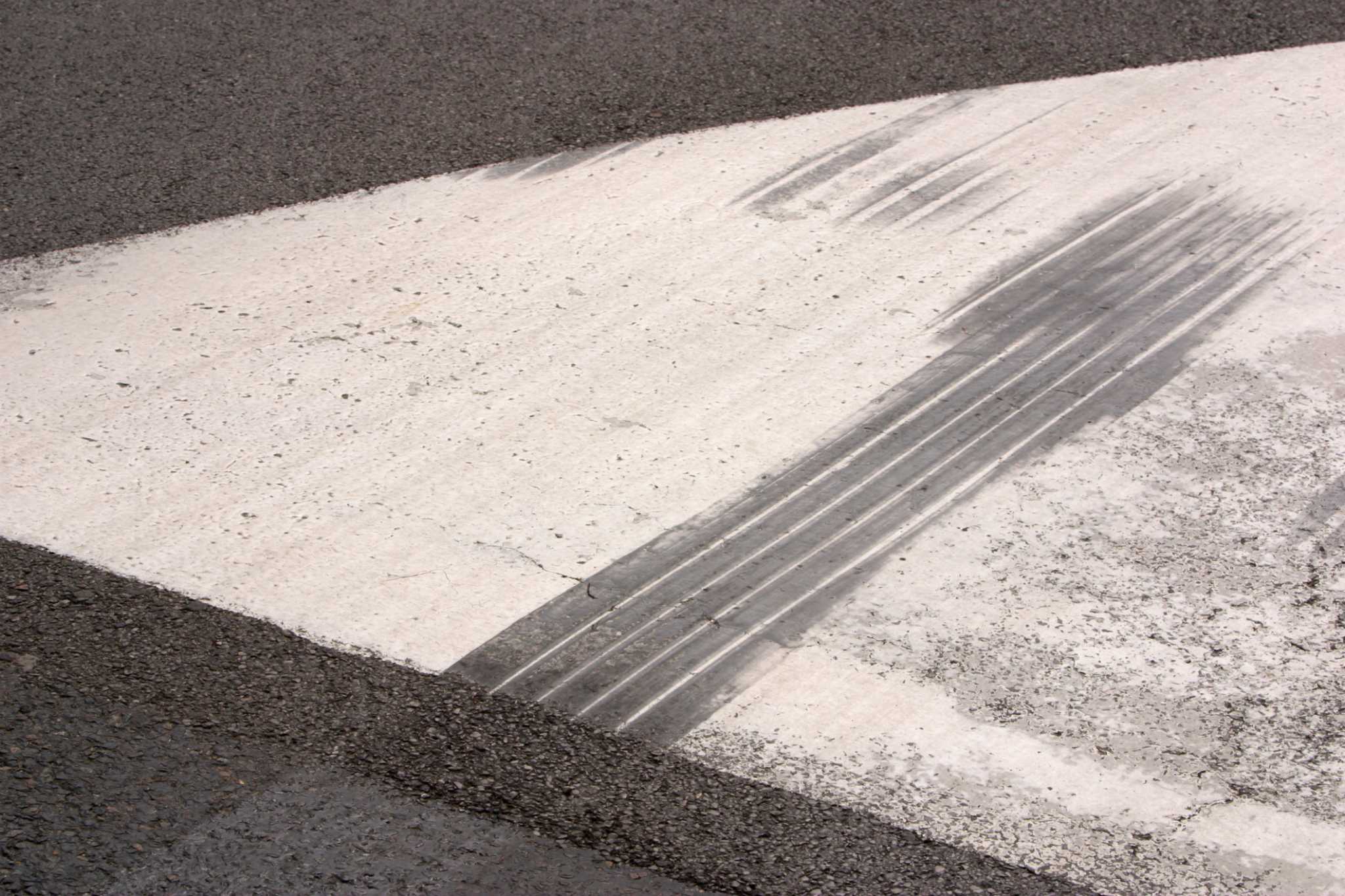
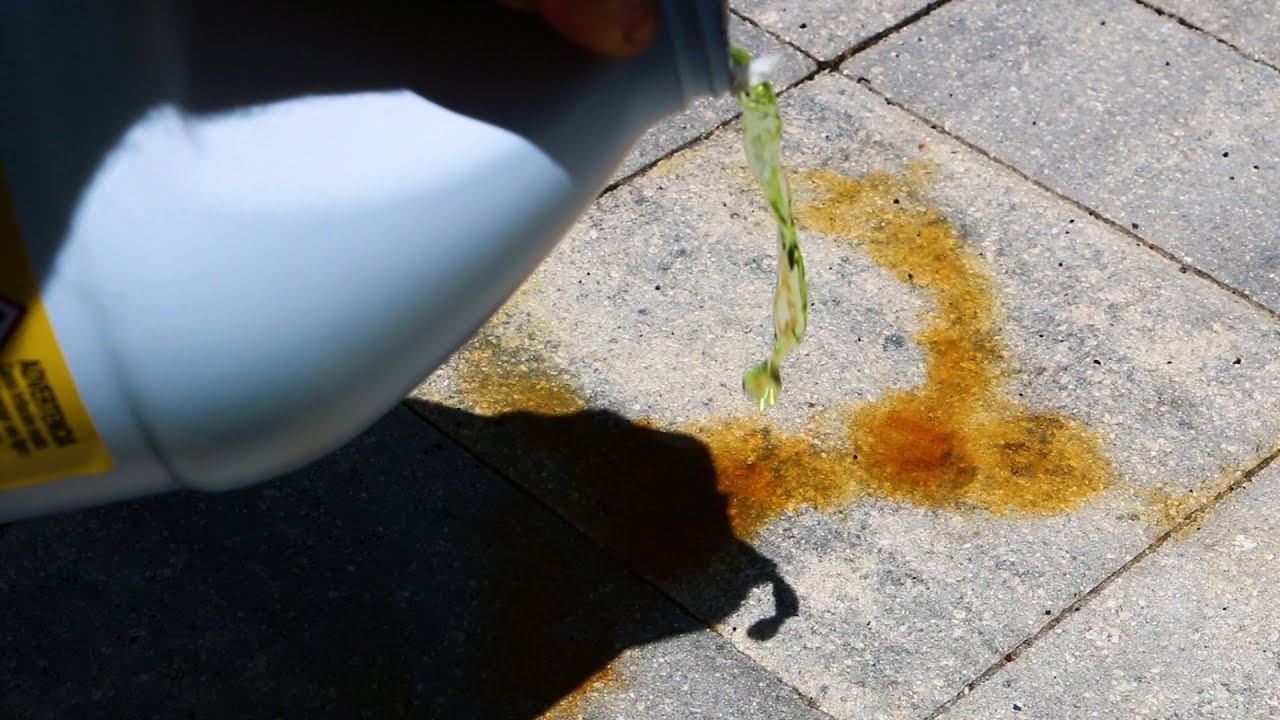
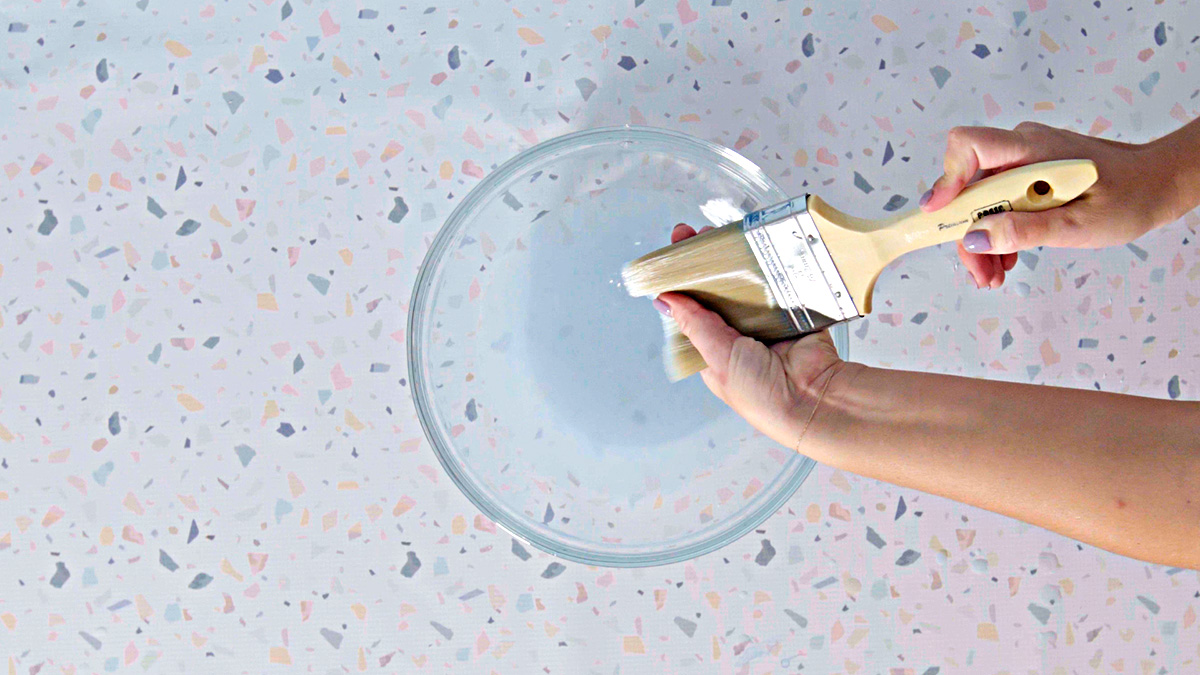
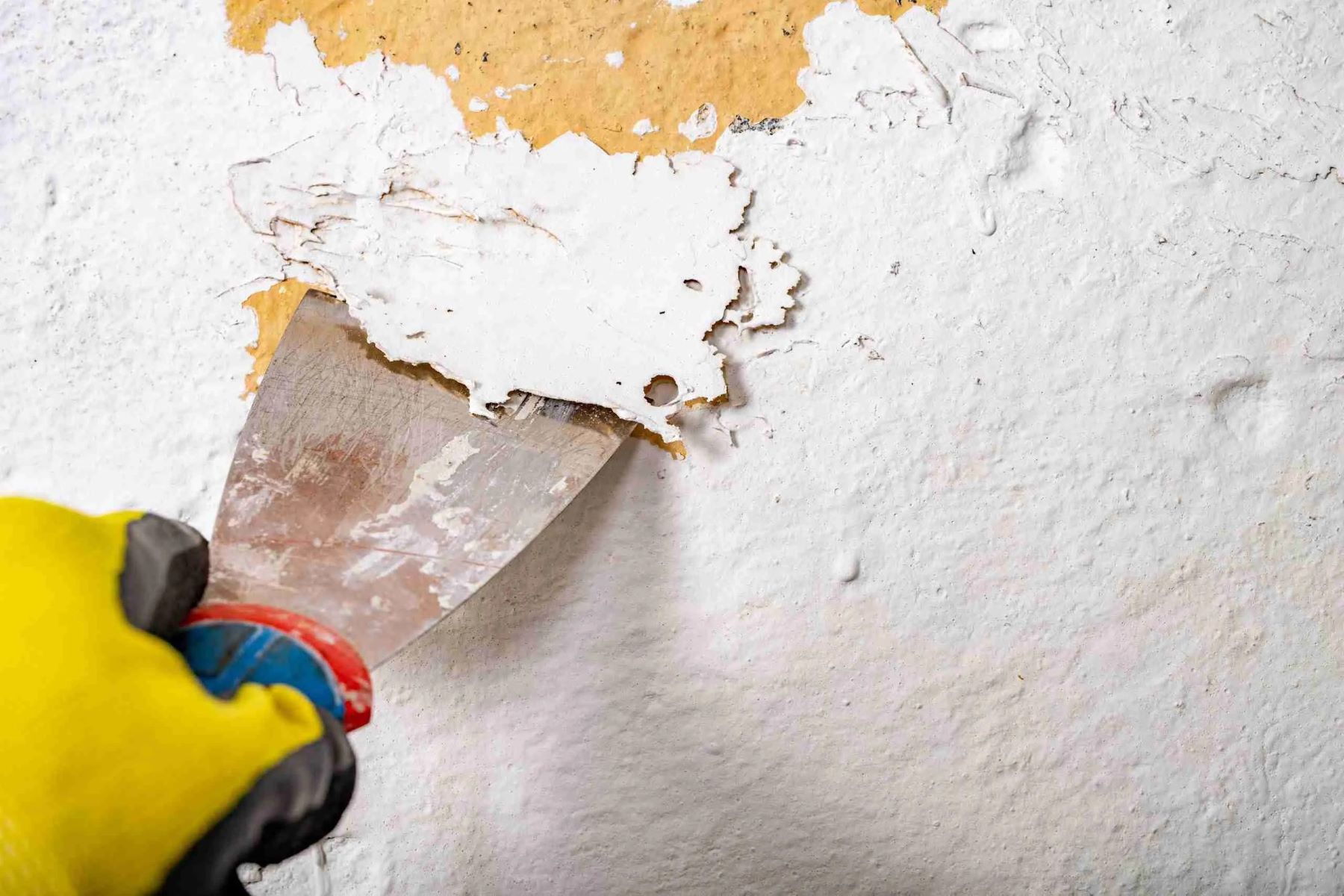
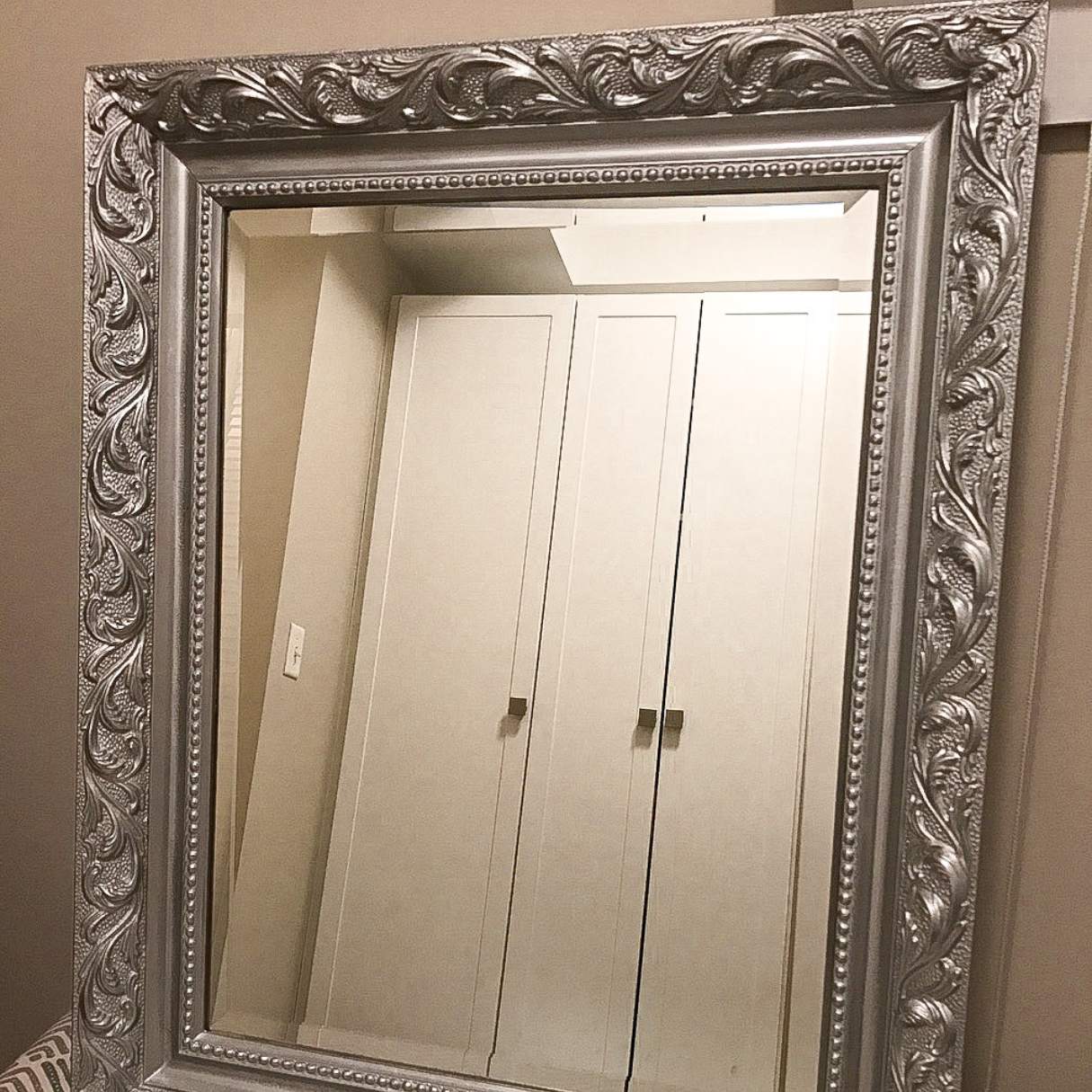
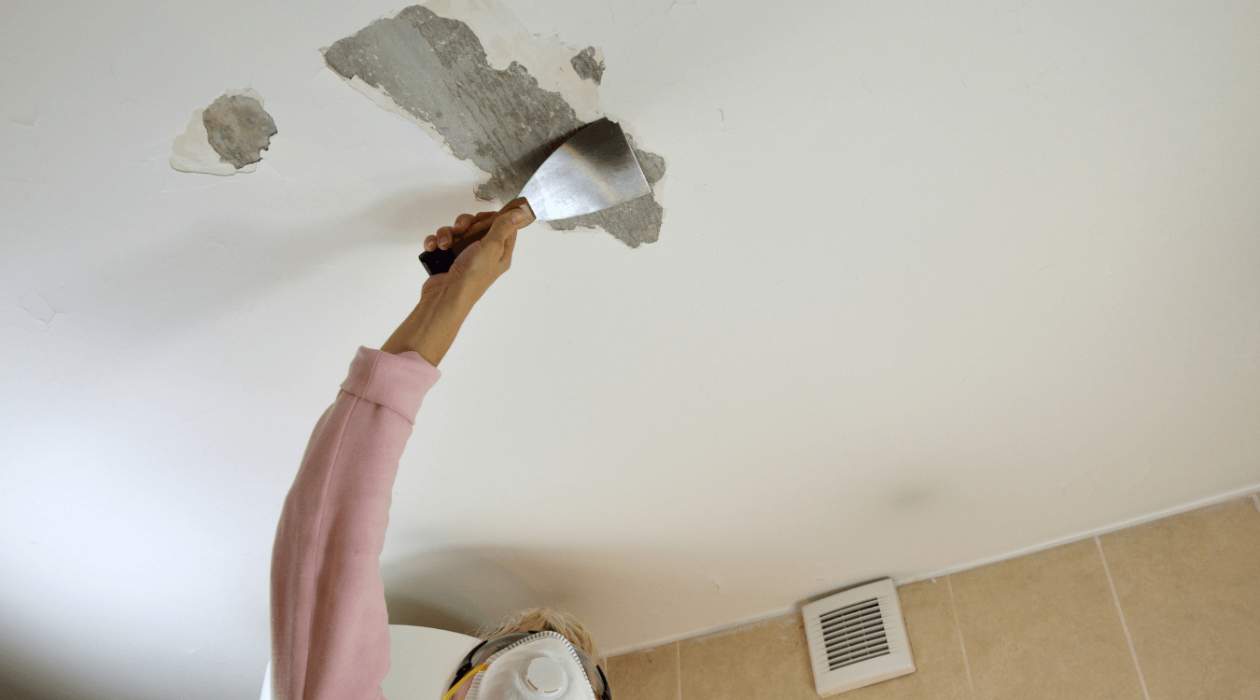
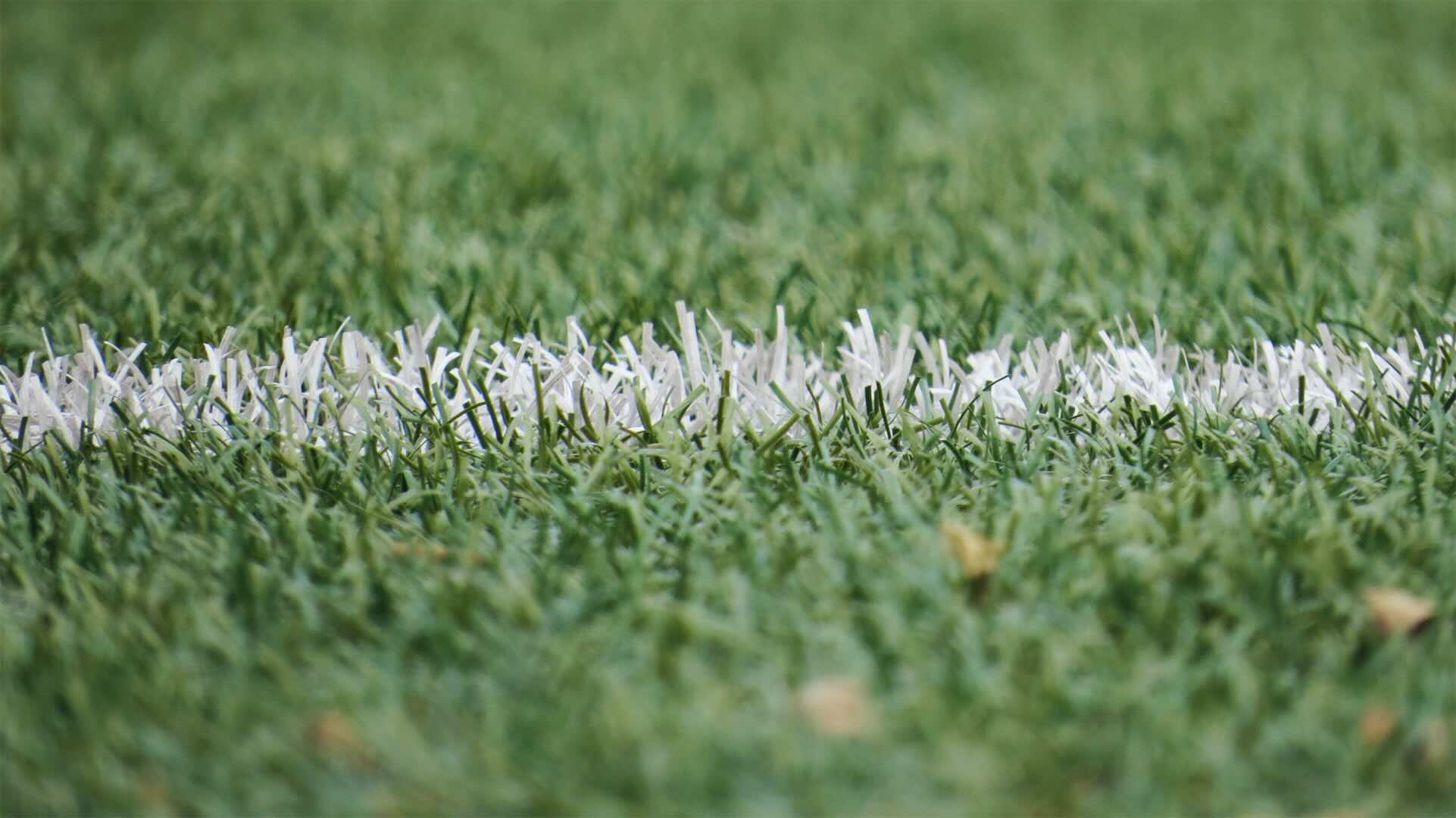
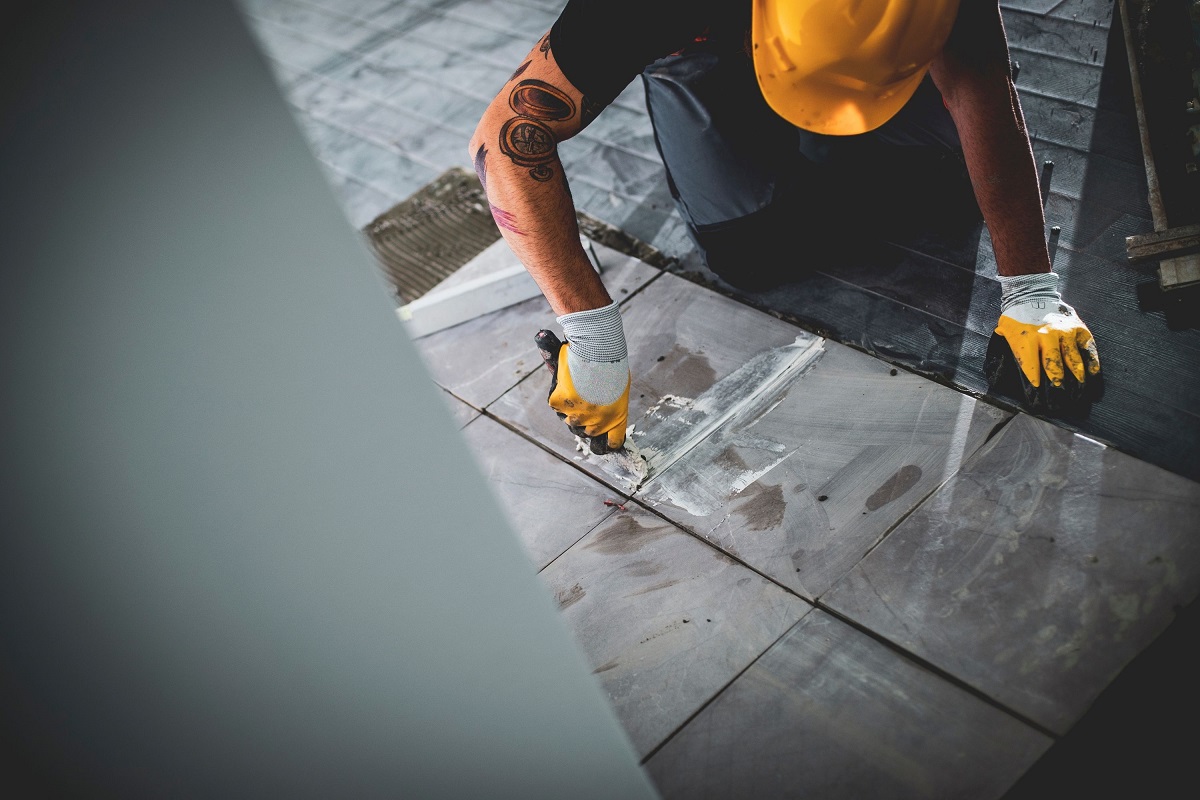
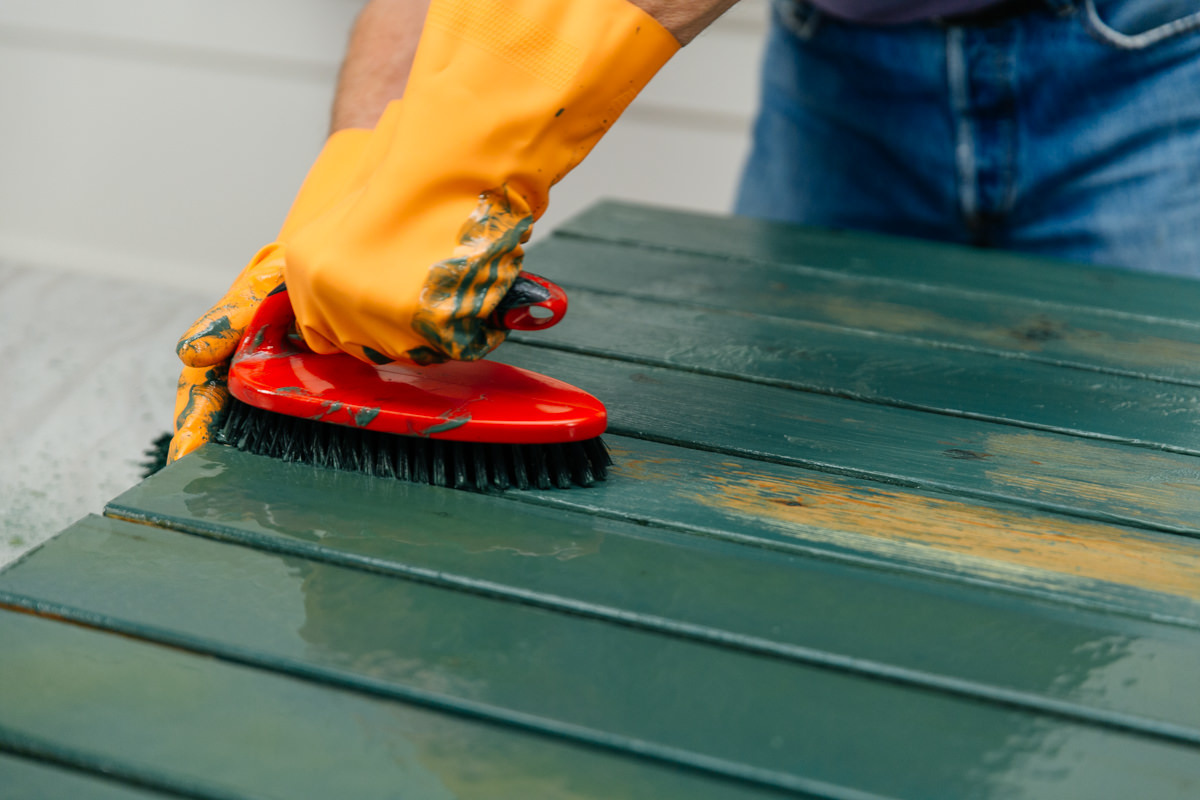
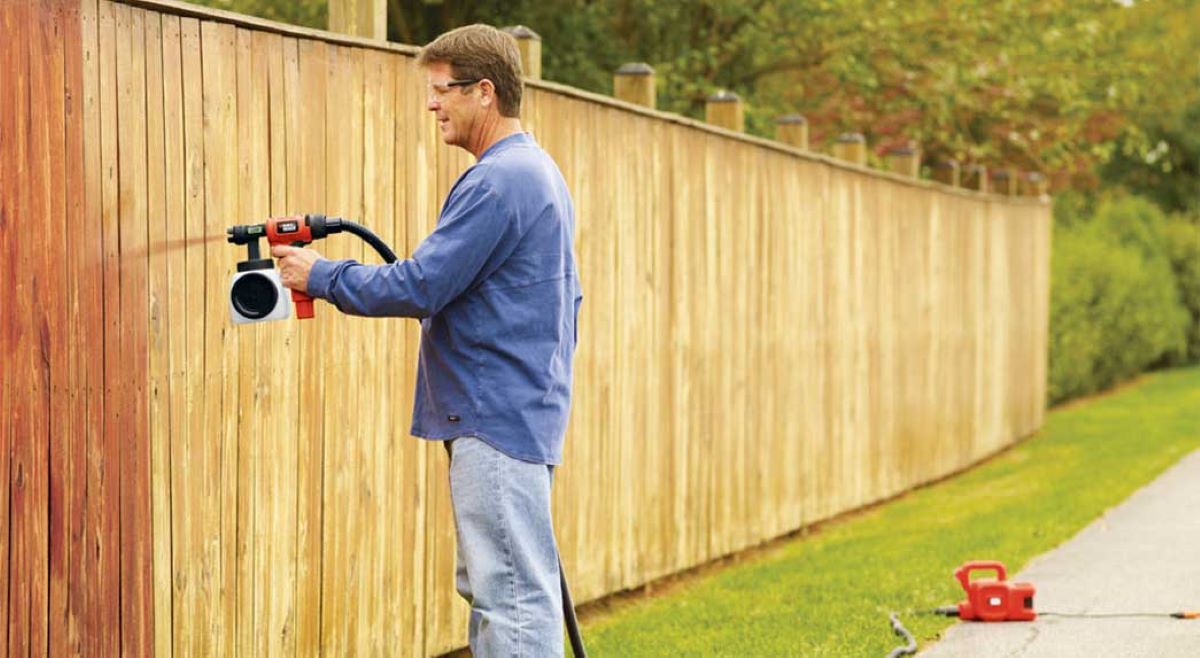
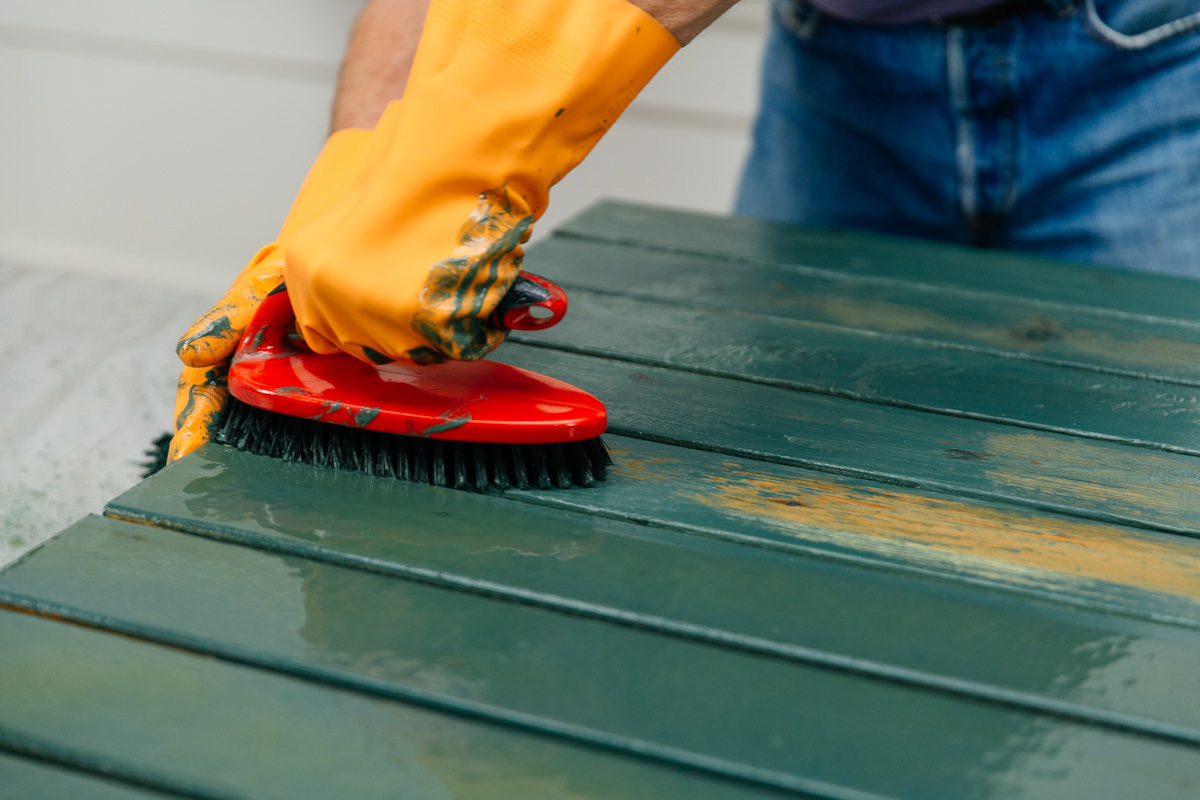
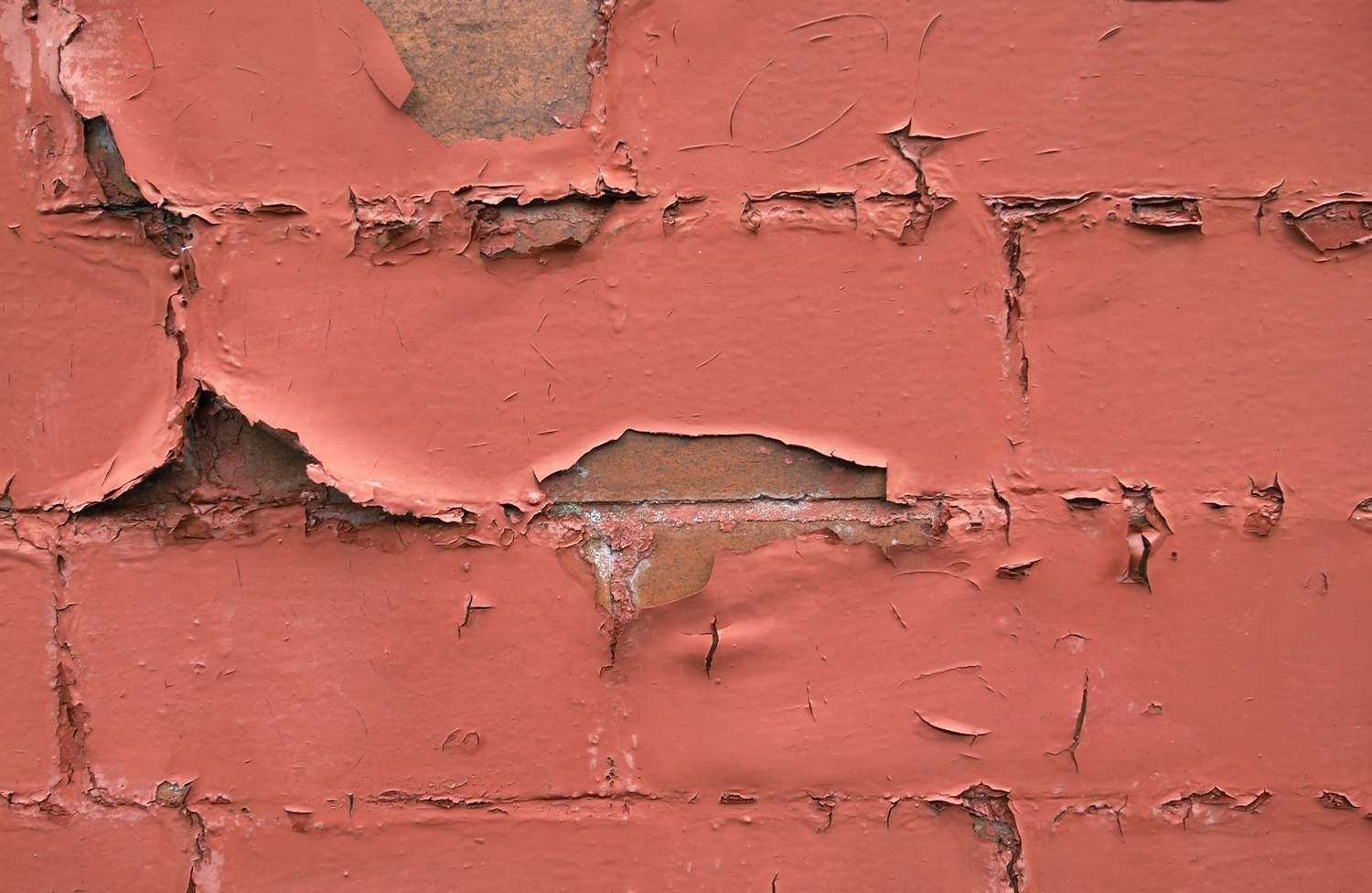
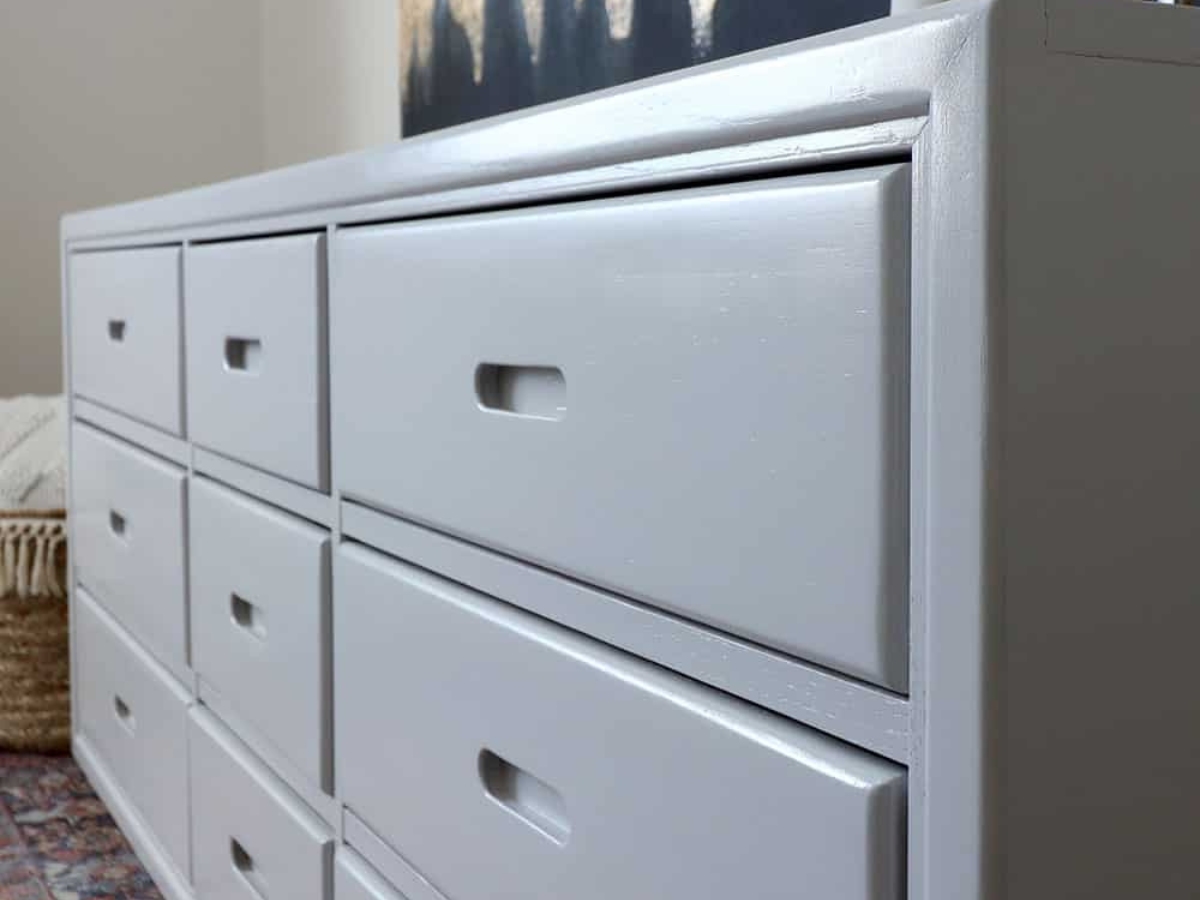
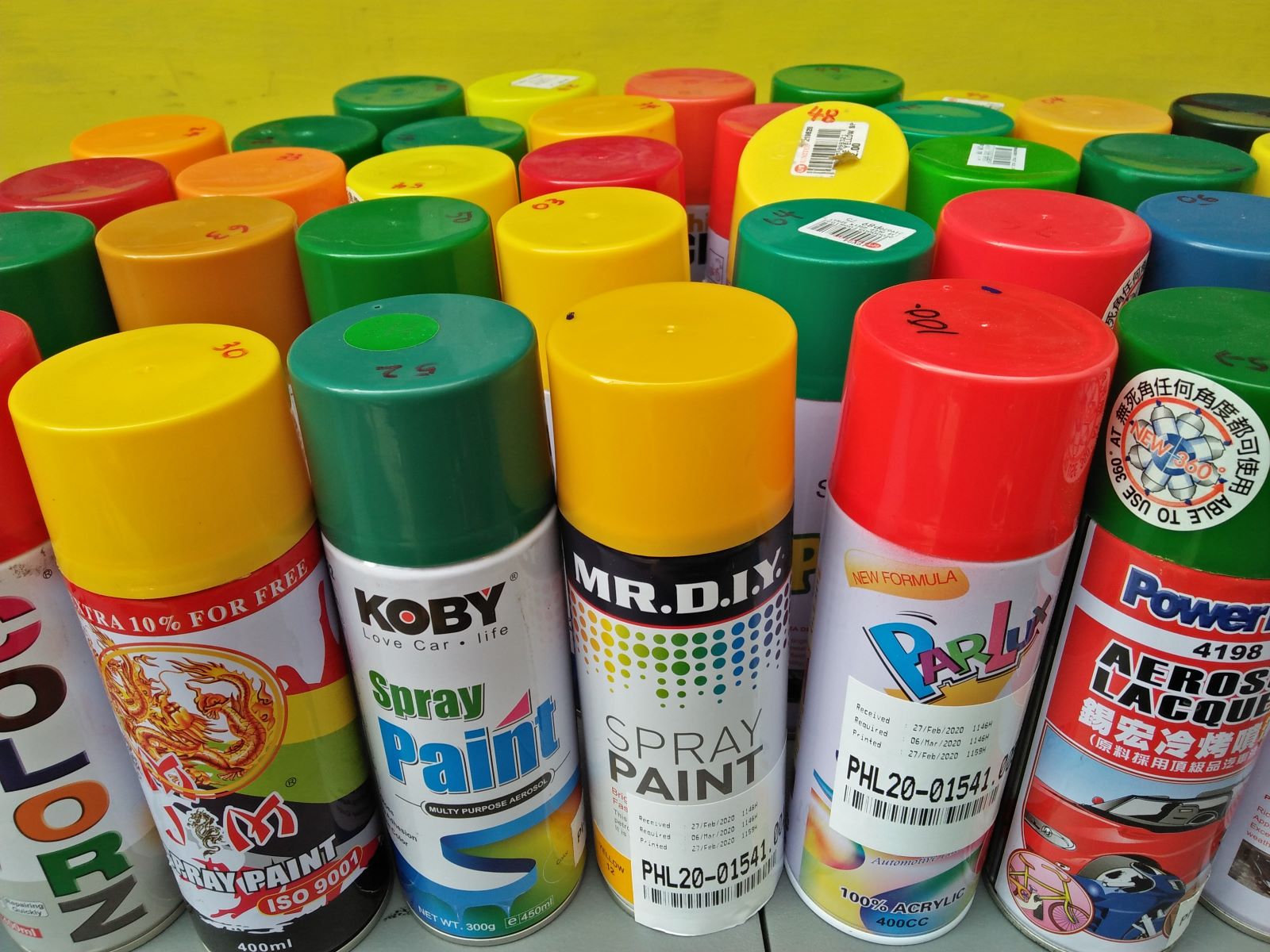

0 thoughts on “How To Get Spray Paint Off A Driveway”